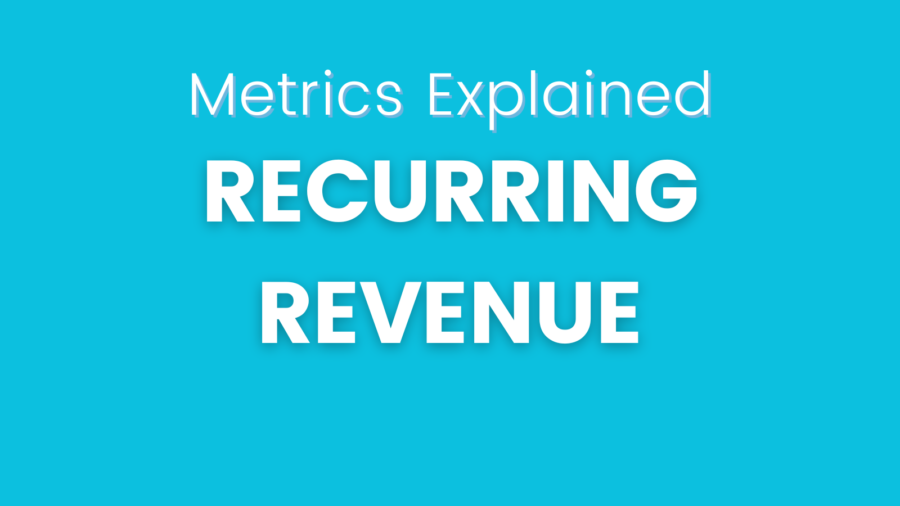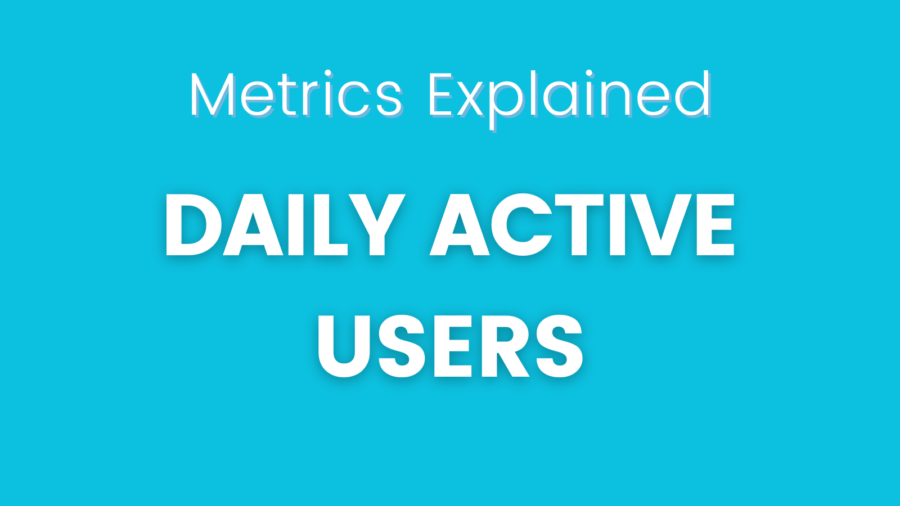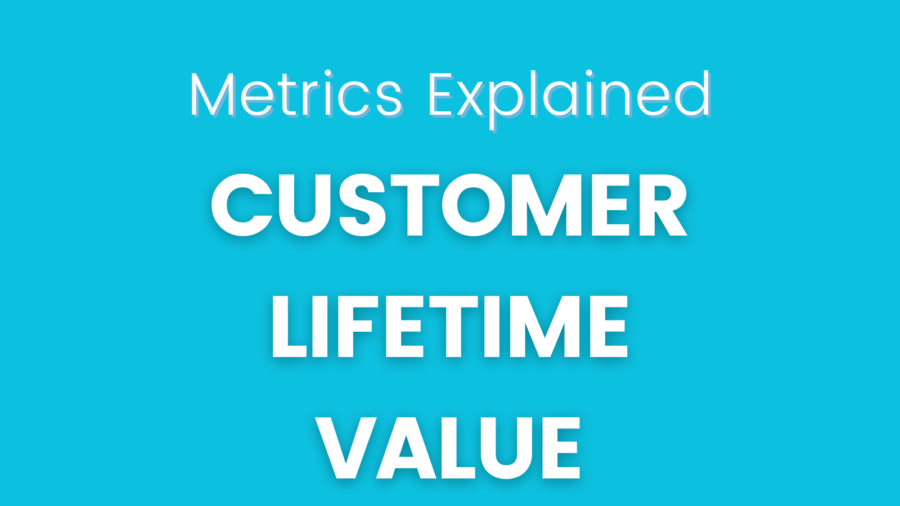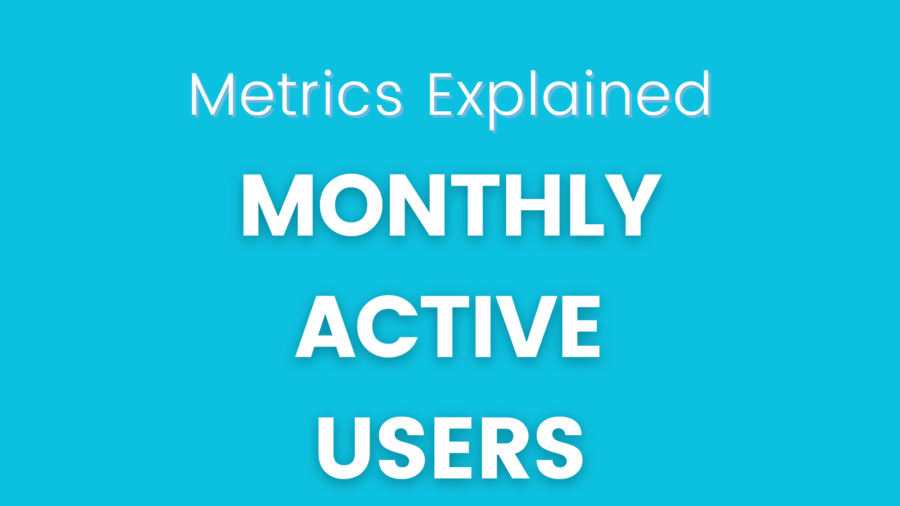As a specialist in product analytics, I am excited to delve into the significance of Funnel Drop-off Rates, a crucial metric that sheds light on user behavior and potential bottlenecks in the user journey. This article will explore what Funnel Drop-off Rates represent, their implications for product performance, and how businesses can leverage this metric to optimize user experiences and drive conversions.
What are Funnel Drop-off Rates?
Funnel Drop-off Rates refer to the percentage of users who abandon the conversion process at each stage of the sales or user journey funnel. The funnel represents the sequential steps that users must complete to achieve a specific goal, such as making a purchase, signing up for a service, or subscribing to a newsletter. Each step in the funnel presents an opportunity for users to drop off, and the Funnel Drop-off Rates help identify the points where users are most likely to abandon the process.
For example, in an e-commerce context, the funnel may include steps like visiting the product page, adding items to the cart, proceeding to checkout, and completing the purchase. Funnel Drop-off Rates measure the percentage of users who drop out at each stage, providing valuable insights into potential barriers or friction points that hinder conversions.

Implications for Product Performance
Funnel Drop-off Rates have significant implications for product performance and user experience optimization. A high drop-off rate at any stage of the funnel can indicate user dissatisfaction, confusion, or technical issues. These drop-offs represent missed opportunities and potential revenue losses.
Understanding the reasons behind Funnel Drop-off Rates can help product teams pinpoint areas that need improvement. For instance, a high drop-off rate during the account registration process may suggest that the process is too lengthy or requires excessive personal information, discouraging users from proceeding.
Calculating Funnel Drop-off Rates in Product Analytics
Funnel drop-off rates are crucial in product analytics as they reveal insights into user behavior and identify points in a user’s journey where they abandon the intended path or fail to complete a specific sequence of actions. Analyzing funnel drop-off rates allows businesses to pinpoint areas of friction and optimize their product or website to improve user engagement and conversion rates.
- Define the Funnel Steps: First, define the steps of the user journey that you want to track to calculate funnel drop-off rates. These steps represent a user’s actions to reach the desired goal, such as completing a purchase, signing up for a service, or filling out a form. Each step in the funnel represents a specific user action or page visit.
- Gather Data: Next, gather data on user behavior throughout the defined funnel steps. Use product analytics tools to track the number of users who entered the funnel at the initial step and the number of users who successfully completed each subsequent step. This data will help you calculate drop-off rates at each stage of the funnel.
- Calculate Funnel Drop-off Rates: Calculating funnel drop-off rates is straightforward. To find the drop-off rate at a specific funnel step, use the following formula:
Funnel Drop-off Rate (%) = ((Number of users at the previous step – Number of users at the current step) / Number of users at the previous step) * 100
For example, if 1,000 users entered the funnel at the first step, and 700 of them proceeded to the second step, the drop-off rate for the second step would be:
Funnel Drop-off Rate (%) = ((1000 – 700) / 1000) * 100 = 30%
In this example, the funnel drop-off rate at the second step is 30%, indicating that 30% of users abandoned the funnel between the first and second steps.
Analyze and Optimize: Interpreting funnel drop-off rates is vital to understand user behavior and identifying potential issues in the user journey. High drop-off rates at certain funnel steps may indicate areas where users encounter difficulties or lose interest. By analyzing these points of drop-off, businesses can optimize their product, website, or user experience to reduce friction and improve conversion rates.
Regularly monitor funnel drop-off rates and conduct A/B tests or usability studies to experiment with different approaches and solutions. By addressing pain points and optimizing the user journey, businesses can enhance user engagement and increase the likelihood of users successfully completing their intended actions, ultimately driving better product performance and business growth.
Leveraging Funnel Drop-off Rates for Optimization
Product teams can employ various strategies to optimize the funnel and reduce drop-off rates. Conducting user surveys, user testing sessions, and analyzing session recordings can provide insights into user behavior and identify pain points.
Additionally, A/B testing different variations of the funnel can help determine which design or messaging elements lead to higher conversions. Product teams can iterate and refine the user journey to enhance user experiences and drive conversions by continuously monitoring Funnel Drop-off Rates.
Example Scenario: A Mobile App Sign-up Flow
Let’s consider a mobile app with a sign-up flow to illustrate the significance of Funnel Drop-off Rates. The app requires users to create an account before accessing its features. However, the product team notices a high drop-off rate at the account creation stage.
Upon investigation, they discover that the registration process involves multiple form fields and requires users to verify their email addresses. Many users abandon the process midway due to the perceived effort and time required.
To address this, the product team simplifies the registration process, allowing users to sign up with their social media accounts or through a single email field. They also implement an email verification link that expedites the process.
As a result, the Funnel Drop-off Rates show a significant reduction. More users successfully complete the sign-up flow, leading to increased user acquisition and engagement.
Conclusion
In conclusion, Funnel Drop-off Rates serve as a critical aspect of product analytics, offering valuable insights into user behavior and conversion optimization. By identifying and addressing friction points in the user journey, businesses can enhance user experiences and increase conversion rates.
In today’s competitive landscape, where user attention is scarce, optimizing the funnel is essential for business success. Funnel Drop-off Rates act as a compass, guiding product teams to create seamless and compelling user experiences that drive conversions and foster long-term customer loyalty.
By leveraging Funnel Drop-off Rates as a key performance indicator, businesses can continually refine their product strategies and align them with user needs. Analyzing user behavior at each stage of the funnel empowers product teams to identify pain points, make data-driven decisions, and ultimately create products that resonate with their target audience. Embracing Funnel Drop-off Rates as a vital metric enables organizations to stay at the forefront of their industries and build products that captivate users, drive conversions, and lead to sustainable growth.
Check other metrics from our Metrics Explained series.





